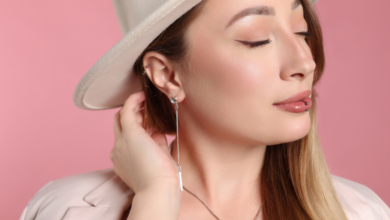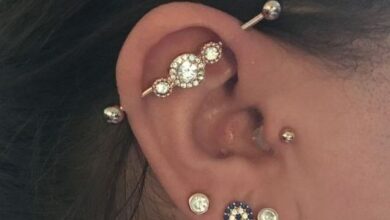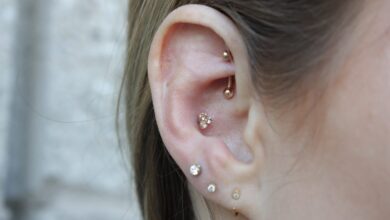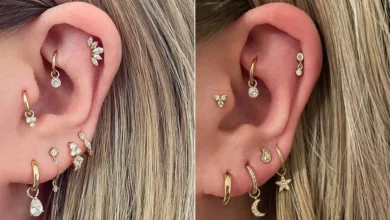
Whether you’re a piercing enthusiast or a first-time piercee, taking care of your piercings is essential for both safety and aesthetics. In this article, Stylish.ae shares their expert advice on aftercare, providing you with the lowdown on how to keep your piercings safe and healthy. From cleaning routines to avoiding certain activities, this comprehensive guide has got you covered, ensuring that your new piercing stays stylish and problem-free. So, grab a cup of tea and get ready to learn the secrets of maintaining the perfect piercing.
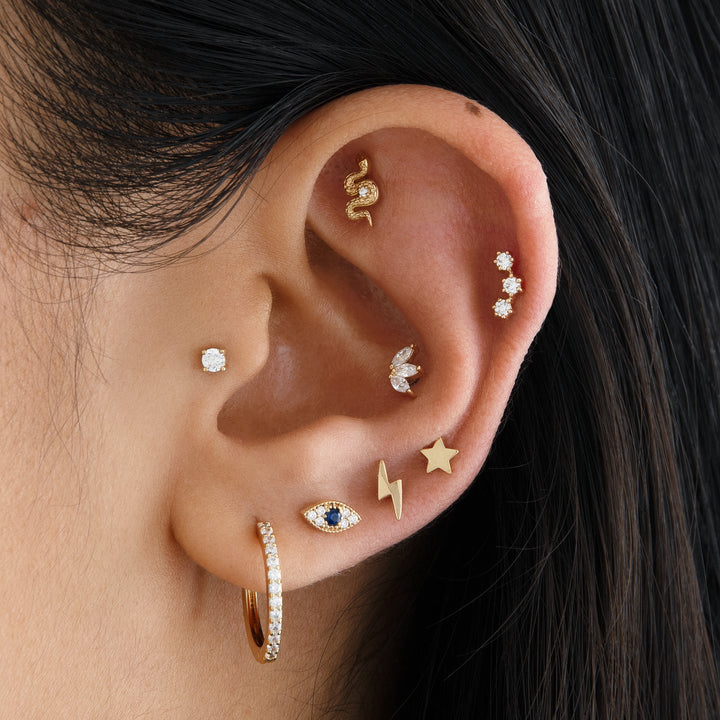
Why Aftercare is Important
Taking proper care of your piercings is crucial to ensuring they heal properly and remain in good condition. Aftercare plays a significant role in preventing infections, reducing healing time, and maintaining the overall health of your piercing. By following the necessary steps and avoiding common mistakes, you can enjoy your new piercing with peace of mind.
Initial Aftercare Steps
Cleaning the Piercing
Cleaning your piercing is one of the fundamental steps in aftercare. Gently cleanse the area around the piercing with a mild, fragrance-free soap and warm water. Be sure to use your clean hands or a cotton swab to gently remove any dirt or debris. Avoid using harsh products, as they can irritate the skin and delay the healing process.
Avoiding Touching or Rotating the Jewelry
It’s essential to resist the temptation to touch or rotate your jewelry during the healing period. Excessive touching can introduce bacteria to the piercing site, increasing the risk of infection. Rotating the jewelry can also disrupt the healing process and cause unnecessary irritation. Leave the jewelry undisturbed unless necessary for cleaning purposes.
Using Antibacterial Solutions
To further promote healing and prevent infections, you may consider using an antibacterial solution recommended by your piercer. These solutions are specifically formulated to kill bacteria while being gentle on the skin. Follow the instructions provided by your piercer or consult them for their recommended solution.
Applying Sea Salt Soaks
Sea salt soaks can be beneficial in reducing swelling, soothing irritation, and promoting healing. Prepare a solution by mixing 1/4 teaspoon of sea salt with 8 ounces of warm distilled water. Soak a clean cotton ball or sterile gauze in the solution and apply it to the piercing for a few minutes. Repeat this process a few times a day to aid in the healing process.
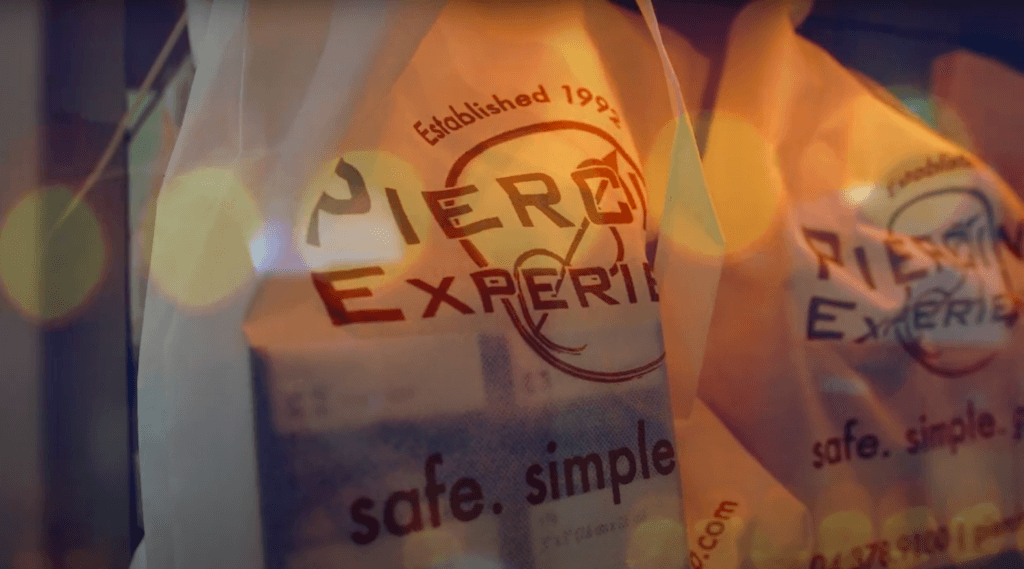
Choosing the Right Jewelry
Selecting the appropriate jewelry is crucial for the healing and overall health of your piercing. Consider the following factors when choosing your jewelry:
Materials to Avoid
Avoid jewelry made from nickel or other reactive metals, as they can cause allergic reactions and prolong the healing process. Similarly, avoid plastic or acrylic jewelry, as they can trap bacteria and cause infections. Opt for high-quality, hypoallergenic materials such as surgical steel, titanium, or niobium.
Types of Jewelry to Consider
The type of jewelry you choose depends on the specific piercing you have. For earlobe piercings, studs, hoops, or captive bead rings are popular options. Cartilage piercings may require curved or straight barbells, while navel piercings often use curved barbells or captive bead rings. Nose piercings typically use studs or hoops. Consult with your piercer to determine the best jewelry for your piercing type.
Common Mistakes to Avoid
While aftercare is crucial, there are some common mistakes you should avoid to ensure proper healing and minimize complications. These mistakes include:
Skipping aftercare steps
Each step in the aftercare process is necessary and serves a purpose. Skipping any of these steps can increase the risk of infection or prolong the healing process. Take the time to follow each step carefully to ensure your piercing heals properly.
Using harsh products
Harsh products, such as alcohol, hydrogen peroxide, or antibacterial ointments not recommended by your piercer, can be detrimental to your healing process. These products can dry out the skin, delay healing, and cause irritation. Stick to the recommended aftercare solutions and avoid using anything harsh or abrasive.
Changing jewelry too soon
It’s important to allow your piercing enough time to heal before changing the jewelry. Changing the jewelry too soon can disrupt the healing process, cause irritation, and increase the risk of infection. Consult with your piercer about the appropriate time to change your jewelry.
Ignoring signs of infection
It’s crucial to pay attention to any signs of infection, such as redness, swelling, excessive pain, or discharge. Ignoring these signs can lead to severe complications. If you notice any of these symptoms, seek professional help immediately.
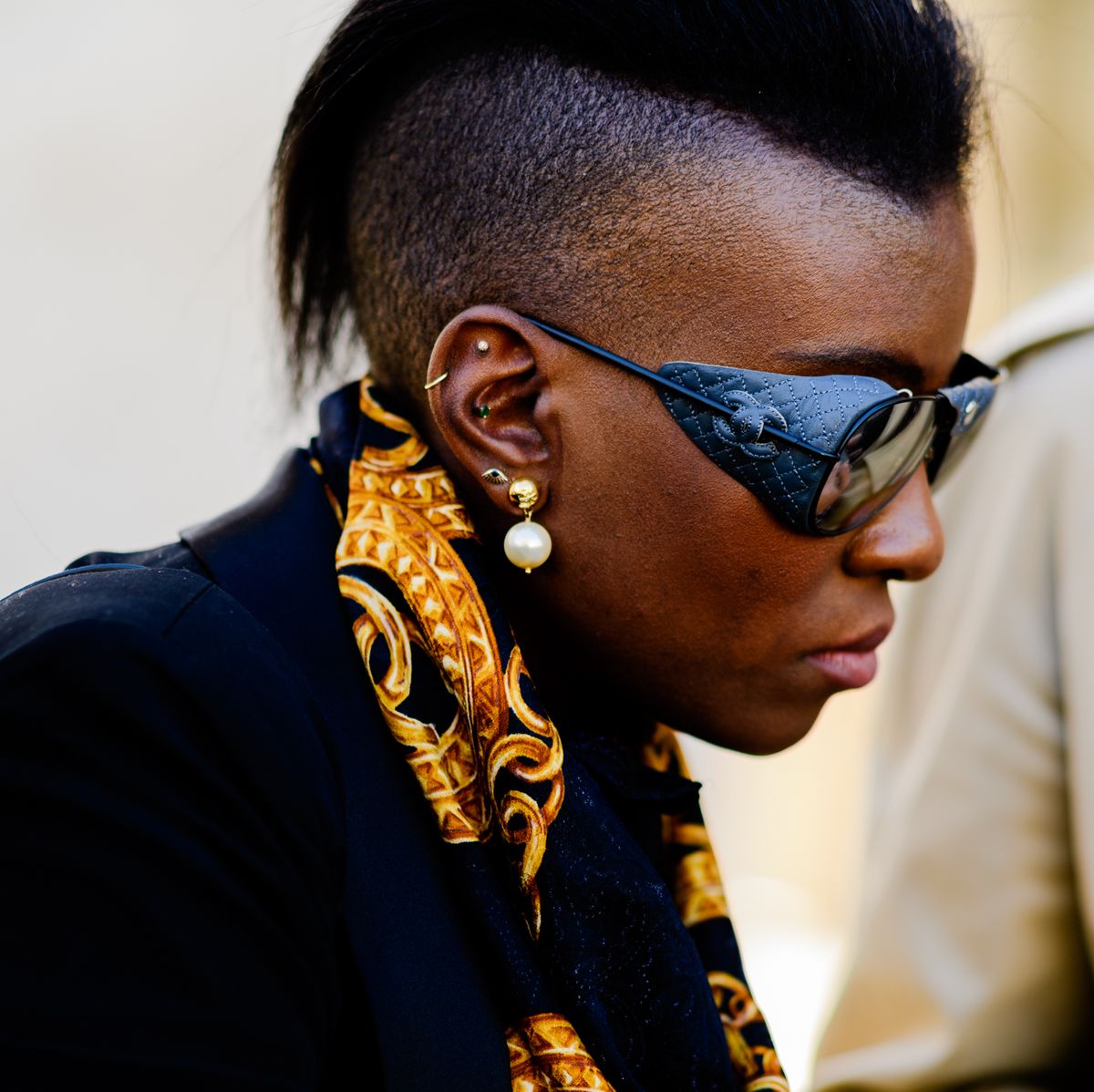
Caring for Specific Piercing Types
Different piercing types require specific care to ensure proper healing. Here are some guidelines based on popular piercing types:
Earlobe Piercings
For earlobe piercings, it’s essential to clean the front and back of the piercing using a mild soap and warm water. Avoid heavy earrings during the healing process, and opt for lightweight options. Be cautious when sleeping, making sure not to apply pressure on the piercing.
Cartilage Piercings
Cartilage piercings can be more sensitive and may require extra care. Clean the piercing with a mild soap and warm water, avoiding any twisting or excessive movement of the jewelry. Be gentle when brushing or washing your hair, as tangling or snagging can irritate the piercing.
Navel Piercings
To care for your navel piercing, cleanse the area with a mild soap and warm water. Avoid tight clothing that can rub against or irritate the piercing. Pay attention to any pressure or discomfort caused by activities such as bending or sitting for long periods. Be cautious when participating in sports or physical activities that may strain the piercing.
Nose Piercings
For nose piercings, use a mild soap and warm water to clean the area around the piercing. Be careful when blowing your nose or wiping your face to avoid accidentally snagging the jewelry. Avoid sleeping on the piercing side to prevent irritation.
How to Prevent Infections
Preventing infections plays a vital role in the aftercare of your piercing. Here are some important measures to take:
Keeping the Area Clean
Regularly cleaning your piercing as instructed by your piercer is essential to prevent infections. Ensure that your hands are clean before touching the piercing and avoid using dirty towels or tissues. Gently pat dry the pierced area after cleaning to remove excess moisture.
Avoiding Submerging in Non-Sanitized Water
During the healing process, it’s important to avoid submerging your piercing in non-sanitized water, such as hot tubs, swimming pools, or natural bodies of water. These environments can harbor bacteria and increase the risk of infection. Wait until your piercing has fully healed before exposing it to such environments.
Avoiding Makeup or Hair Products on the Piercing
Avoid applying makeup, lotions, creams, or hair products directly on or around the pierced area. These products can introduce bacteria and irritate the skin, potentially causing infections. Be extra cautious when applying any products near your piercing and ensure they are hypoallergenic and non-comedogenic.
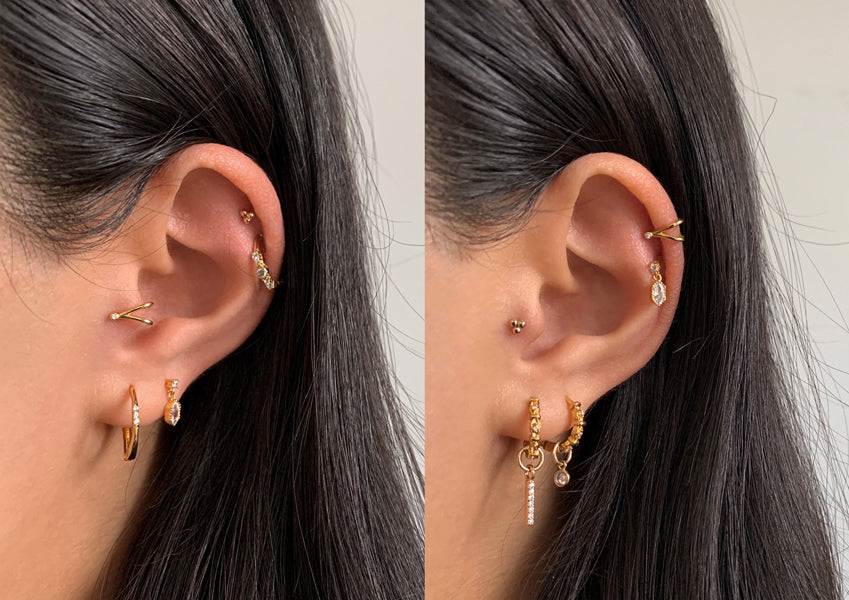
Dealing with Healing Issues
Sometimes, despite proper aftercare, healing issues may arise. Here are some common healing issues and how to address them:
Keloids and Hypertrophic Scars
If you notice raised, thickened scars around your piercing, you may be experiencing keloids or hypertrophic scars. Consult with a dermatologist for appropriate treatment options, which may include steroid injections, silicone gel sheets, or surgical removal.
Piercing Bumps
Piercing bumps may occur due to irritation or infection. To treat piercing bumps, avoid touching or manipulating the piercing, clean the area as instructed, and apply warm compresses to reduce swelling. If the bump persists or worsens, seek advice from your piercer or a healthcare professional.
Prolonged Healing Time
In some cases, piercings may take longer to heal than anticipated. Factors such as improper aftercare, underlying health conditions, or personal healing rates can contribute to prolonged healing time. Be patient and continue following the aftercare instructions provided by your piercer. If you have concerns, consult with a professional for further guidance.
When to Seek Professional Help
While aftercare can effectively prevent many complications, there are instances when professional help is necessary. Here are some warning signs that indicate you should seek assistance:
Severe Infections
If your piercing exhibits severe redness, swelling, or pus-like discharge, it may indicate a severe infection. Promptly seek the help of a healthcare professional, as antibiotics or other medical intervention may be required.
Persistent Pain or Discomfort
Feeling ongoing pain, discomfort, or a throbbing sensation around the piercing may signify a problem. If over-the-counter pain relievers and proper aftercare do not alleviate the pain, consult with your piercer or a medical professional to determine the cause and appropriate treatment.
Unusual Drainage or Smell
If your piercing discharges an unusual fluid, smells foul, or exhibits any other concerning signs, it could indicate an infection or other complications. Seek professional help to ascertain the cause and receive appropriate treatment.
Allergic Reactions
If you experience persistent redness, itching, or swelling around the piercing site, you may be having an allergic reaction to the jewelry. Consult with your piercer to assess whether the jewelry needs to be changed or if additional measures are necessary.
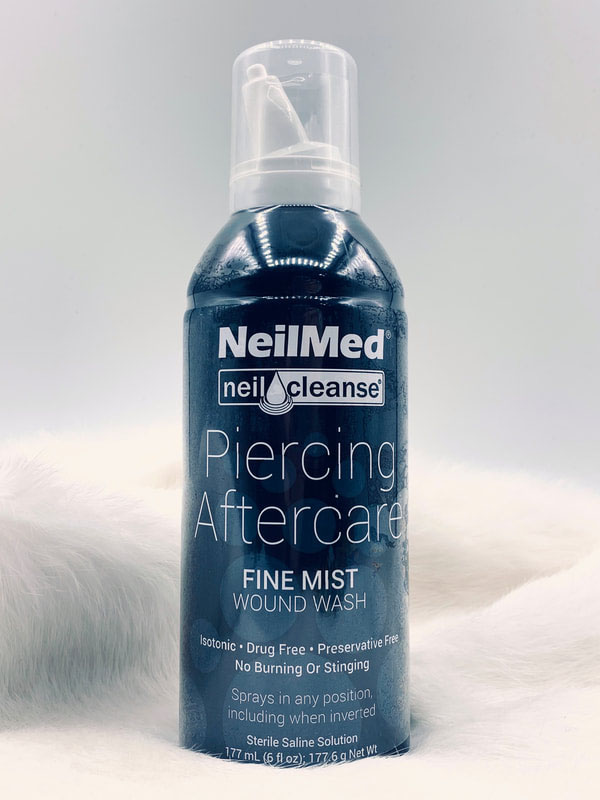
Tips for Long-Term Care
Even after your piercing has healed, it’s important to continue practicing good care habits to maintain its health. Here are some tips for long-term care:
Regular Cleaning Routine
Establish a regular cleaning routine for your piercing, especially before and after changing jewelry. Clean the area with mild soap and warm water, ensuring to remove any buildup or debris. This practice will help prevent infections and maintain the cleanliness of your piercing.
Avoiding Heavy Impact or Pulling
Be mindful of activities that involve heavy impact or pulling on your piercings. Avoid playing contact sports, wearing excessive accessories that may catch on your jewelry, or subjecting the piercing to unnecessary strain. These precautions will help prevent injuries and potential complications.
Regular Jewelry Inspection
Periodically inspect your jewelry for signs of wear, damage, or loosening. Check the clasps, closures, or any moving parts to ensure they are secure. If you notice any issues, consult with your piercer to determine whether the jewelry needs to be repaired or replaced.
The Importance of a Qualified Piercer
Selecting a qualified piercer is essential to ensure a safe and successful piercing experience. Here are some factors to consider when choosing a piercer:
Skills and Experience
Look for a piercer who has extensive knowledge and experience in the specific type of piercing you desire. Consider their portfolio, customer reviews, and certifications to ensure their expertise in the field.
Sterilization Practices
A reputable piercer follows strict sterilization practices to minimize the risk of infection. They should use disposable or properly sterilized tools and jewelry, as well as maintain a clean and hygienic workspace. It’s crucial to prioritize your safety and choose a piercer who adheres to these standards.
Piercing Techniques
Choose a piercer who employs safe and precise piercing techniques. They should use appropriate needle sizes, follow correct placement protocols, and provide clear aftercare instructions tailored to your specific piercing. A skilled piercer will prioritize your comfort and safety throughout the entire process.
By following these aftercare guidelines and considering the importance of a qualified piercer, you can ensure the safety and health of your piercing. Remember to prioritize cleanliness, avoid common mistakes, and seek professional help when needed. With proper care, your piercing can heal efficiently and become a beautiful addition to your personal style.

